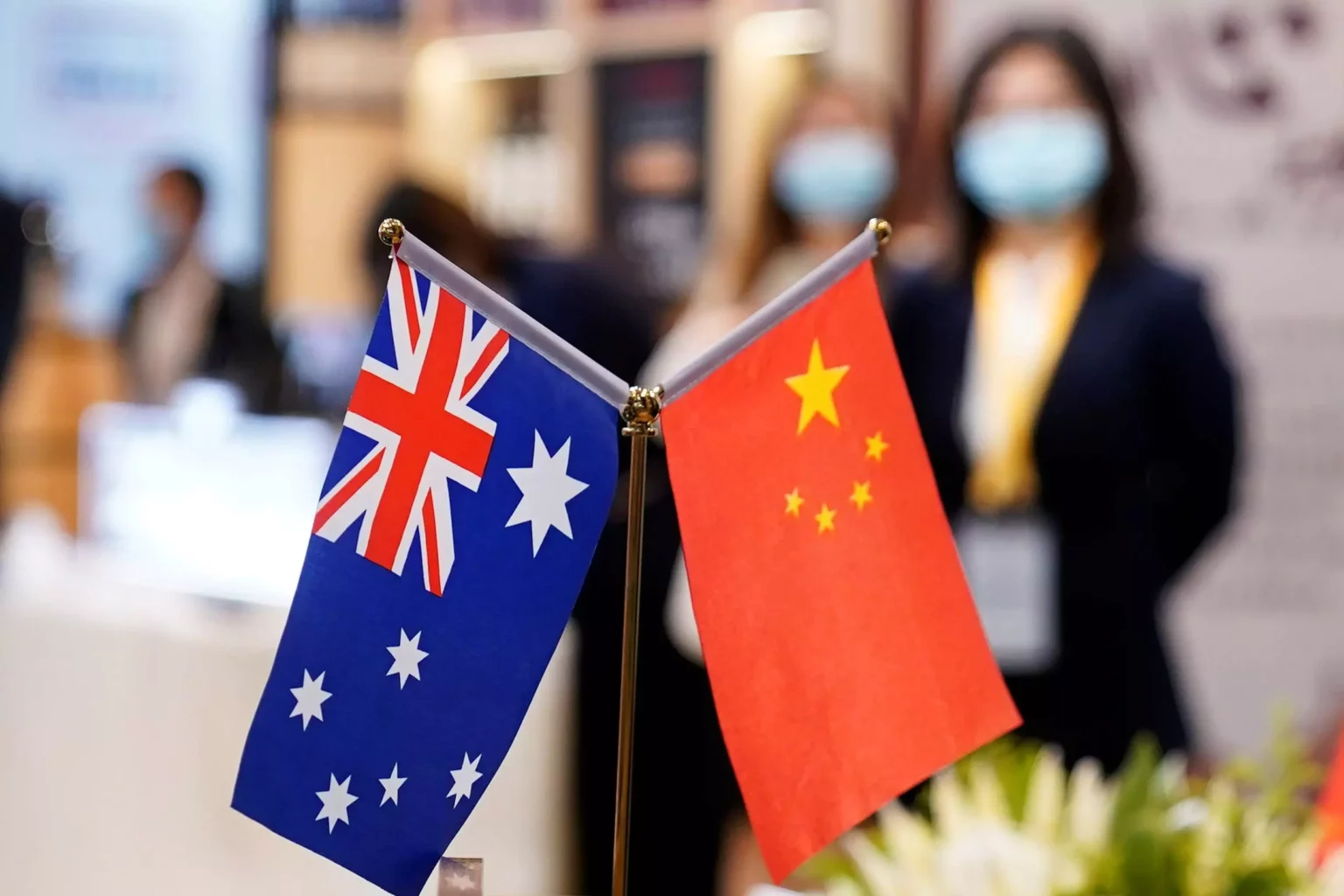Australia said Tuesday it is inching closer to “stabilizing” its fraught relationship with China, as the two countries moved to solve a festering trade dispute over barley exports.
The one-time comfortable trading relationship has soured in recent years as Australia sought closer military ties with the United States and China vied for influence in the Pacific.
Beijing hit hefty surcharges on key commodities such as barley, beef, and wine in 2020 at the height of a bitter dispute inflamed by Australia’s former conservative government.
Australia retaliated by complaining to the World Trade Organization, alleging China had breached international obligations by artificially jacking up tariffs “without justification.”
But the country’s center-left government has assumed a far less confrontational stance since its election in May last year, prioritizing the resumption of trade.
In the latest sign of thawing tensions between the countries, Foreign Minister Penny Wong said Australia would be temporarily suspending its complaint after China had agreed to review its barley tariffs.
We have made it clear that we believe there’s no justification for the measures that China introduced in relation to barley. We have also made clear that we believe it is in both countries’ interests for these trade impediments to be removed.”
Penny Wong told reporters.
Wong, who visited Beijing in December, said this demonstrated Australia was slowly stabilizing the relationship with China.
The tariffs, as well as an unofficial ban on Australian coal, are estimated to have cost more than Aus$5 billion (US$3.47 billion) in lost revenue from China.
Meanwhile, Beijing has confirmed that Vice Minister for Foreign Affairs Ma Zhaoxu will travel to Australia later this week, making him one of the most senior officials to visit in years.
Australia encounters a difficult balancing act – China is its largest trading partner, but the United States is a crucial military ally.
Canberra outraged Australia in March by announcing it would purchase nuclear-powered submarines from the United States as part of an ambitious plan to bulk up Western muscle in the Asia-Pacific.




